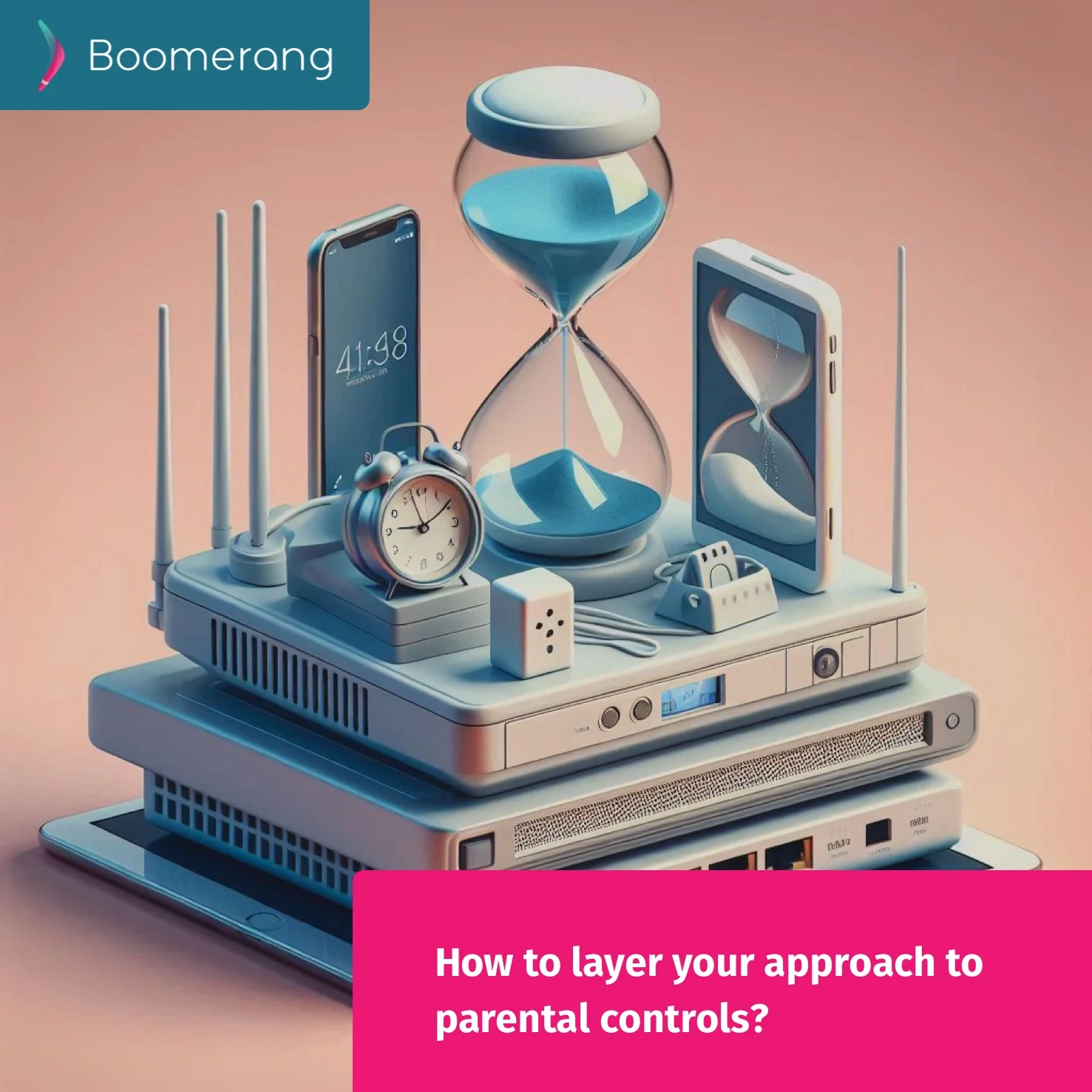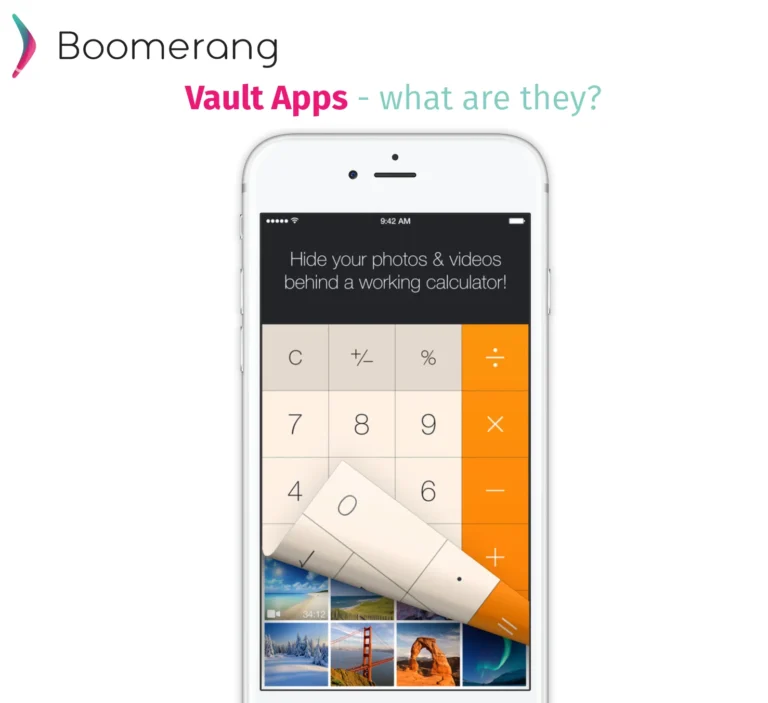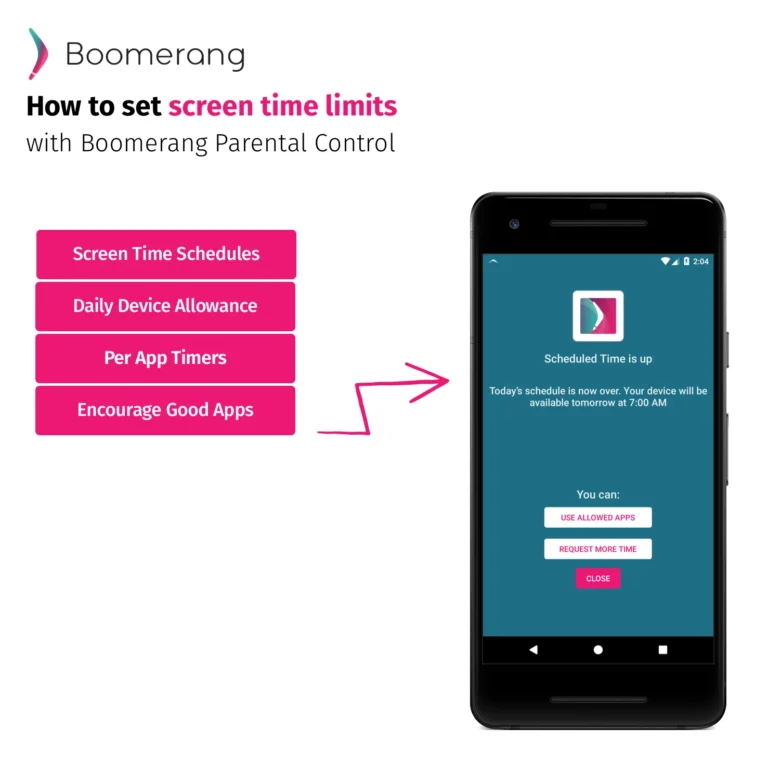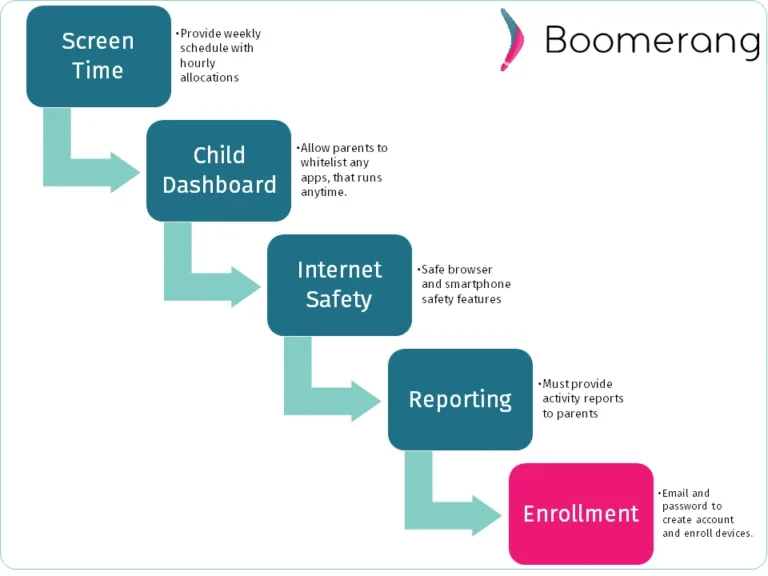16
Oct
2024
How to take a layered approach to parental controls?
October 16, 2024

Apps? Routers? House Rules? Consider taking a layered approach.
As parents, we have more tools than ever to help us keep an eye on our kids’ mobile tech use. From apps and routers to open conversations at home, it takes a layered approach to successfully monitor (and start conversations) what they’re up to online and offline. Based on our experience, here are some key areas that can help you start meaningful conversations with your family.
Home Routers
Routers have come a long way from just giving us wireless internet at home. Now, they offer great tools like timed access, app limits, and more. One of the best things about using your home router is that it can manage most devices connected to it without needing extra apps. Whether it’s an Xbox, PlayStation, Smart TV, laptop, or phone, most of what we do on these devices needs the internet, so using your router to manage them is a smart and easy way to keep things in check. That said, some tech-savvy kids might try to use their phone’s cellular data to get around these limits by creating a hotspot! Some routers that focus on parental controls offer apps to monitor devices even when they’re off your home network, but these typically require a connection to your home router through a VPN, which can slow things down and affect how well the devices work.
Parental Control Apps
Many apps are designed for your child’s device, with most focusing on mobile platforms like iPhones and Android smartphones. However, there are some exceptions, like Qustodio, which also supports MacOS and Windows. We recommend that parents consider getting an Android smartphone as their child’s first device (or as a replacement for an iPhone) if they’re looking for the more flexible apps to parental controls (most still allow the management of the Android devices via the parent’s iPhone). Apps like Boomerang Parental Control can do a lot more on an Android smartphone compared to what Apple allows with third-party apps—check out the reasons why! When it comes to iOS, it can be tricky to monitor apps since Apple has made it challenging for third-party apps like Boomerang Parental Control to keep themselves secure. Android parental control apps, including Boomerang, offer some fantastic key features to help you stay connected and in control:
- Screen Time Schedules (flexible schedules, daily device timer)
- App Blocking and Time Limist
- Call and Text Message safety (exclusive for Samsung devices)
- Safe Browsing / Web Filtering (learn more about SPIN Safe Browser)
- Location Tracking
- Remote Controls for parents to monitor/control/review activity reports/time-out devices and more
- For parents seeking an added layer of connectivity and safety, live GPS family location sharing can complement parental control apps effectively. This feature allows families to stay aware of each other’s locations in real-time, providing peace of mind while fostering independence and trust—a perfect balance for today’s tech-savvy households.
Parenting house rules
Whichever option you choose for your home, your parenting approach is key to finding a balance in your kids’ tech use. It’s essential to establish some ground rules and expectations about using any household technology before giving them a device or adding a monitoring service like Boomerang Parental Control. Simple strategies, like having a no-device rule in bedrooms at bedtime and designating a central charging spot in the house, can help create clear boundaries. Remember, there’s no magic “easy button” for parental controls—they all need a little of your time to set up and learn. Once everything is in place, use app usage reports to spark conversations with your kids about their tech habits. I love starting chats with something like, “Help me learn what’s cool on Instagram/TikTok today? Mind sharing with me?” And if things aren’t going well, taking the technology away is still the best parental control tool we know! (most like you’ve paying for it, so feel fully empowered!) ?




